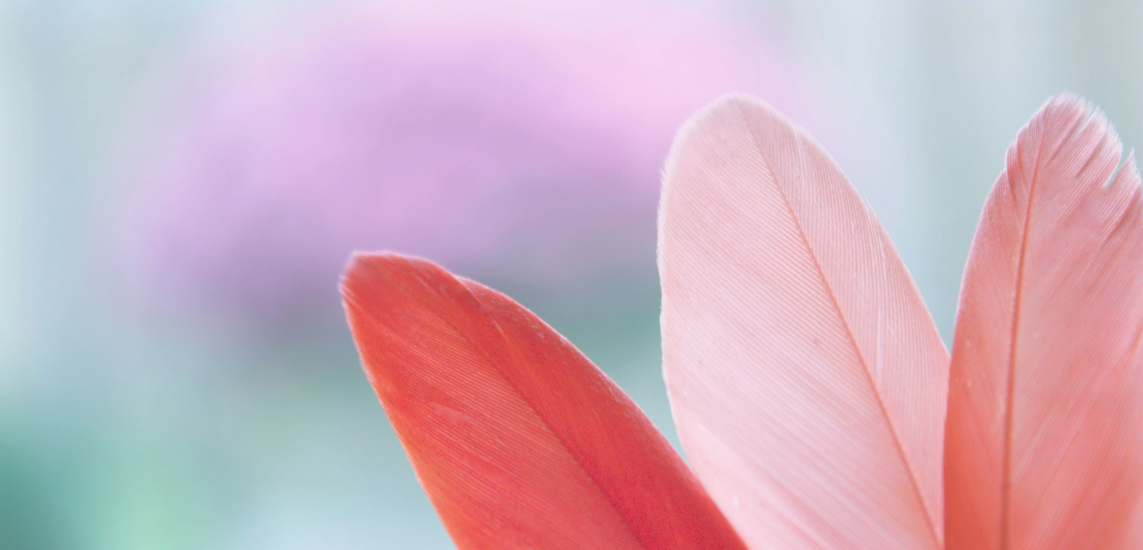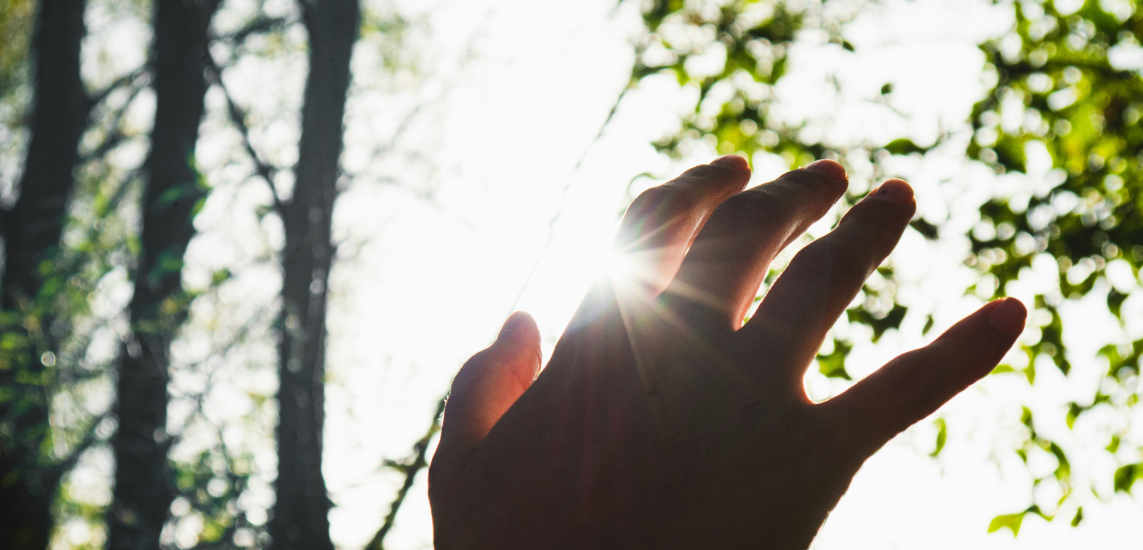Whether or not you’ve ever taken a yoga class, you likely recognize the word namaste. This term has traveled from its roots in Indian and Nepali traditions to become a familiar element in yoga studios around the world.
As yoga practitioners, we should know not just the word but also the cultures it originates from, so we understand the deep respect behind this simple yet significant greeting. Here, we’ll look at the traditional meaning of “namaste,” its adoption in Western yoga practices, and the ongoing conversation about cultural respect and authenticity.
Key takeaways
- Namaste is a Sanskrit word used as a greeting in Hindu, Nepali, and Indian cultures.
- Western yoga teachers often use the word to start or end their classes.
- There is much debate over whether using namaste in non-traditional ways represents normal change over time or cultural appropriation.
- Ultimately, yoga is about increasing mindfulness and authenticity, so it’s up to each individual to decide what’s right for them.
Take your yoga practice beyond the mat with an immersive retreat experience. Insight Timer’s retreats offer a space to deepen your practice, connect with like-minded souls, and embrace the true essence of yoga.
What is the meaning of namaste?
Namaste is a Sanskrit word that translates to “I bow to you,” or as a reflection of the deep respect it traditionally signifies, “I bow to the divine light within you.” The root word namas comes from the Sanskrit word namah meaning “to bend,” and te means “you.”
That’s why this greeting is often paired with a bow. Saying “namaste” and bowing, traditionally to an elder, a teacher, a highly respected individual, or a holy being, has become interwoven into the culture of Nepal and India as a common greeting.
In yoga classes across the Western world, namaste is said in call-and-response format at the end of a yoga class (and sometimes at the beginning). The word is partnered with the gesture of bringing hands together at the heart and bowing. But namaste is not traditionally used as a goodbye. Let’s take a closer look at “namaste.”
The cultural significance of namaste
Namaste (pronounced “nuh-muh-steh”) is widely used in the Hindi and Nepali languages. You may have heard “namaskar,” which is similar to namaste but usually reserved for more formal situations or to show even greater respect.
Today, namaste is commonly used in both Hindu and Nepali cultures as a formal and respectful “hello.” While the deeper meaning of namaste is nice and intentionally present for some, it’s become more of a cultural commonplace in their day-to-day lives.
This is similar to the way “goodbye” comes from the saying “may God be with you” or “adios” means “go to God.” While there was traditionally a deeper sentiment to these words, that deeper meaning is not necessarily present in our everyday use.
The namaste gesture
The gesture that typically accompanies namaste is the Anjali Mudra and is performed like this:
- Bring your hands together at the heart chakra, fingers touching and pointing upwards and your thumbs at your breastbone. This is not just a physical action but also one of respect and a way to balance the mind and body.
- Then, close your eyes and bow your head or bend at the waist. This signifies humility and acknowledges the soul in one by the soul in another.
- Alternatively, the namaste gesture can be performed in front of the third eye — the point between the eyebrows that represents inner vision and intuition. After bowing your head, bring your hands down to the heart.
However, just as namaste has a deep meaning behind it, bowing too has become a commonplace greeting and isn’t always associated with deep spiritual connection but rather just as part of saying hello.
In the context of a yoga practice, you might recognize this gesture from Tadasana, or mountain pose, and before beginning sun salutations (Surya namaskar). In these moments, the Anjali Mudra helps to center your thoughts and intentions, setting a tone of respect and mindfulness for your practice and the world around you.
Namaste in yoga
And speaking of yoga, how did namaste become part of our yoga classes? While namaste is rooted in the culture from which yoga was born, namaste is not a traditional “yoga thing.”
Namaste in yoga is a relatively new practice and is much more common in Western — and specifically American yoga. Since yoga is usually thought of as a spiritual practice, it makes sense that Western yogis felt the need to further acknowledge that spirituality through namaste.
As we said, “namaste” traditionally symbolizes connecting with and recognizing the divine spark within each person you greet.
However, that Western yoga teachers and their students use it as a goodbye instead of a hello can be particularly confusing, and could be offensive. Furthermore, we should be careful of using the deeper meaning of namaste, as it has become more of a cultural greeting.
Is it okay to say namaste?
In short, it’s entirely your choice whether to say namaste in your practice, but you should do so with the understanding of its history and significance.
Some people find it meaningful, while others avoid it, fearing its use in the West is cultural appropriation.
The cultural appropriation of namaste
Cultural appropriation as a term carries different meanings for different people and is used in many different contexts. As a helpful point of clarification, the Cambridge Dictionary defines cultural appropriation as “the act of taking or using things from a culture that is not your own, especially without showing that you understand or respect this culture.”
Yoga is living and breathing and changing with us and our 21st-century lives. Many types of practice and asanas have evolved since yoga’s beginnings. As Western cultures develop a distinct style of yoga practice, we must be mindful of the difference between adaptation and appropriation.
A common problem with namaste in Western practice is mispronunciation. Often, namaste is mispronounced as “nah-mah-stay.” The true pronunciation is “nuh-muh-steh.”
Yoga is a beautiful dance of culture, spirituality, and movement. It’s different things to different people, and because of this, there is a yoga for everyone and no one way to do yoga. Yoga grows with us, changes with us, and meets us where we are with what we need along the path.
Yoga in the 21st century has been adapted to fit a 60-minute time slot, for example. Yin practices give us respite from our busy and often stressful lives, while power practices fatigue our monkey minds and get us not only moving but sweating in 100-degree rooms. All of this is relatively “new” to yoga.
When considering if namaste can be used without it being cultural appropriation, we must rightfully acknowledge namaste’s origins. Namaste has become a day-to-day greeting in Eastern cultures, so we should consider why we use it at the end of the class.
The Western world’s modification of yoga is, in some cases, befitting and even lauded for making yoga more accessible.
Read more: How much do you know about the meaning of savasana? Learn why it is truly the peak pose of any yoga asana class.
What feels right for you?
Not all Western yoga teachers say namaste to end their classes. Some don’t because they never learned it this way from their teachers, while others don’t because, after introspection, they have concluded it does not feel authentic to them.
For similar reasons, some teachers avoid the use of Sanskrit altogether. These teachers have found ways to thank and honor their students that are more in alignment with their personal practice, personal culture, and first-hand experience.
Yoga calls us to think, speak, and move authentically. Yoga calls us to become more mindful and aware. It’s up to each of us to look inward and decide if namaste feels right for us in our practice. While there won’t be a singular right or wrong that applies to everyone, there’s certainly a heartfelt yes or no that applies to you. Go with that.
Read more: Discover how to connect with your senses and bring more awareness to your asana practice.
FAQs about saying namaste
What religion says namaste?
Namaste is most closely associated with the Hindu religion, where it’s a traditional greeting and sign of respect. However, it’s also been adopted by secular culture and is used in various settings beyond religious ones. So, while its roots are in Hinduism, its usage has expanded to a broader, more universal context.
How do you respond when someone says namaste?
When someone greets you with ‘namaste,’ the most common response is to say ‘namaste’ back. This mirrors the respect and acknowledgment given to you. If you’re not comfortable using the term, it’s perfectly okay to respond with a simple hello or your usual greeting. The intent is to acknowledge the greeting in a manner that feels right to you.
What other ways can I end a yoga class besides namaste?
Alternatively, you can conclude your yoga session with a mantra, an expression of gratitude, or a positive affirmation, depending on what resonates with you and your practice.
It’s widely quoted that BKS Iyengar, one of the world’s most well-known yoga instructors, would simply close his classes with “that’s enough for today,” while other lineages have traditionally ended class with three oms and a mantra or a dedication to a particular deity or teacher.







